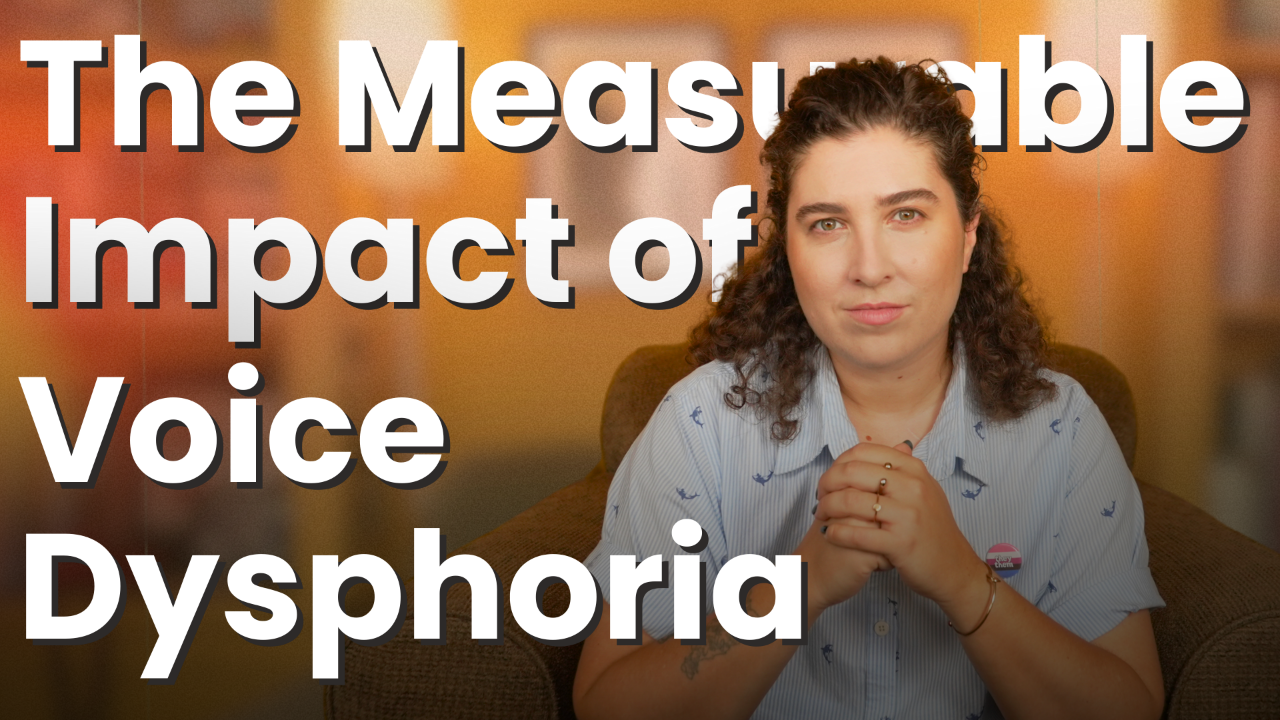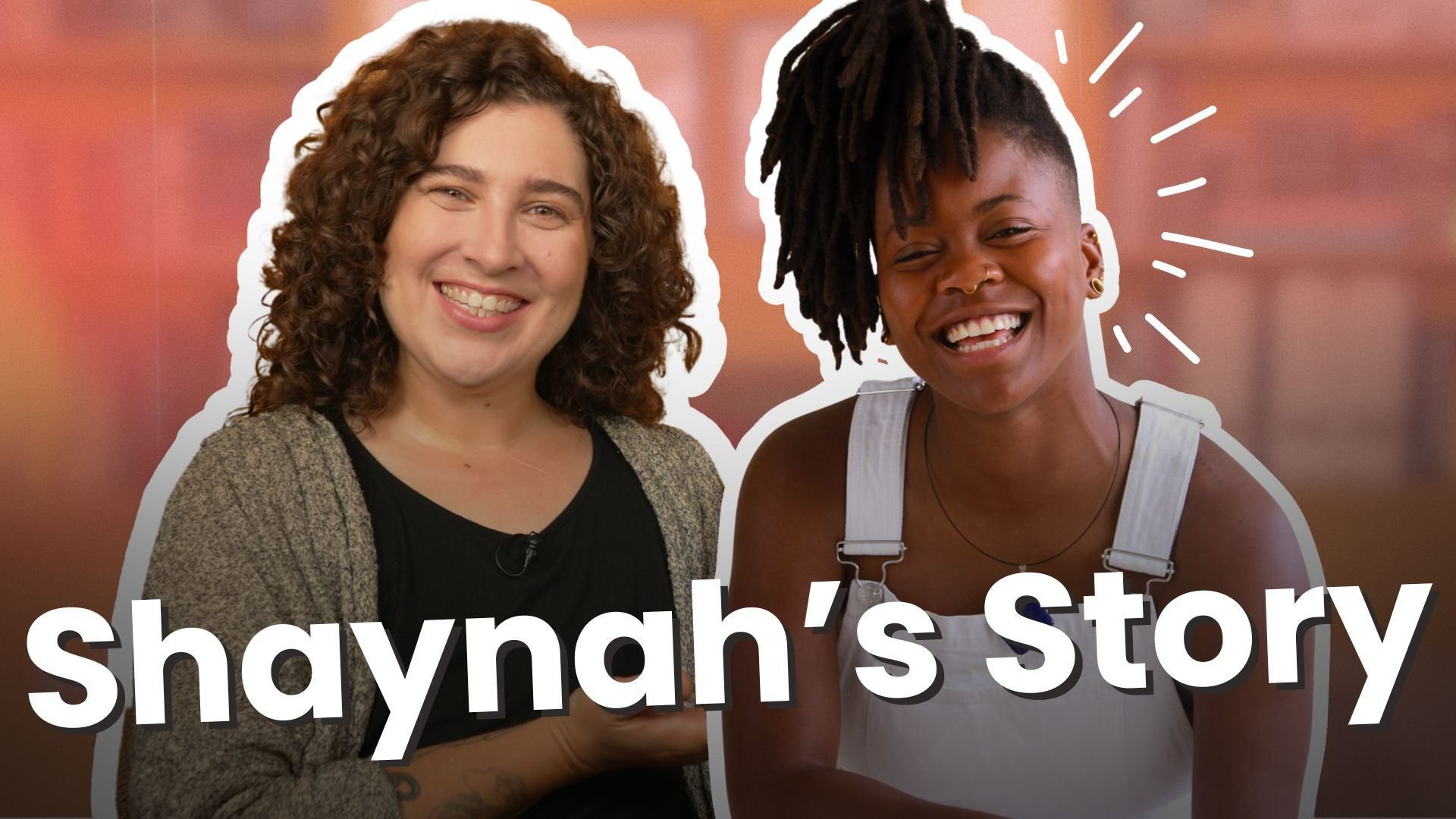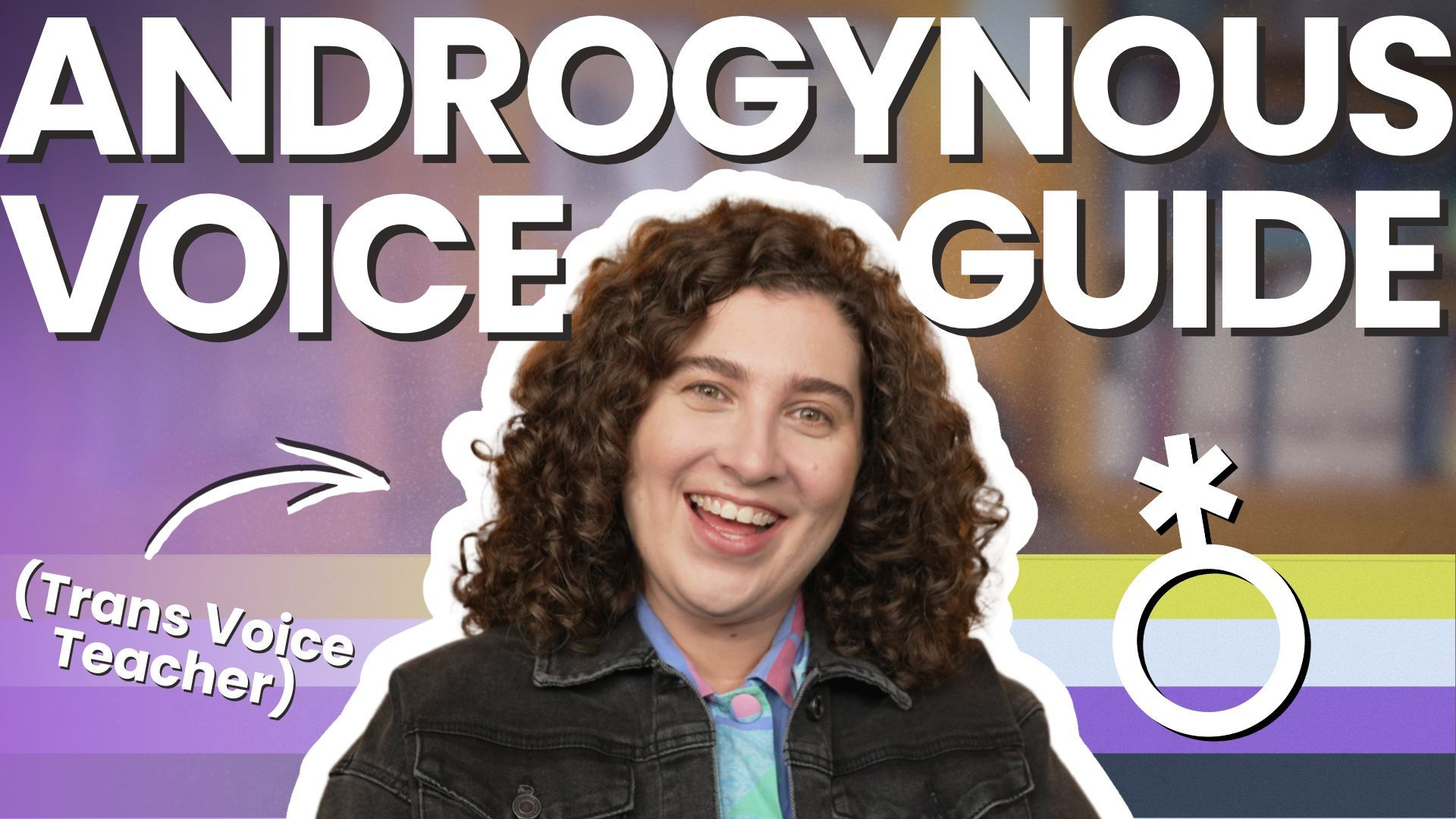How to ACTUALLY Tell if Your Voice is Nasal
Jul 24, 2025
You’re trying to sound brighter, higher, more feminine, or just more you, but something feels off. Your voice sounds cartoonish, or like it’s coming through your nose. You’re not alone.
A lot of people in transfeminine voice training hit this wall. You’re working on pitch and brightness, and suddenly your voice sounds weird. The go-to assumption? “It’s too nasal.”
But here’s the thing: what sounds nasal might not actually be nasal. It might be something else entirely—something called twang. And these two things require very different solutions.
Watch the video here, or keep reading for the full breakdown:
The Nasality Test
Let’s figure out whether you’re dealing with nasality or twang. Here's how:
-
Hold an “ah” vowel.
-
While holding the sound, pinch and unpinch your nose.
Now observe:
-
If the sound changes, cuts off, or feels interrupted—that’s nasality.
-
If the sound stays exactly the same—you’re hearing twang, not nasality.
Here’s why that matters: nasality and twang sound similar, but they come from totally different places in your body. And they need different approaches.
What’s the Difference?
Nasality happens when your soft palate drops and lets air escape through your nose while you're speaking or singing. You’ll hear it most clearly in characters like Fran Drescher or Lois Griffin. It’s common when people try to raise their larynx but accidentally drop the soft palate in the process.
Twang, on the other hand, is caused by a squeezing of the aryepiglottic sphincter (yes, really). You use it when you do a nerd voice, a country singer impression, or when you're shouting in a bright way. It can be useful, but too much of it at speaking volumes can sound harsh or pinched.
Still not sure which one you’re hearing in your own voice? Try the Nasality Test again, and pay close attention to whether the sound changes when you pinch your nose.
If It’s Nasality…
If the test revealed nasality, here’s what to try:
Start with a gentle gasp (think pearl-clutching “Well I never!” kind of gasp). It should be almost inaudible. That motion lifts your soft palate and creates space in the back of your throat.
Once you feel that lift, try to phonate (make sound) on an “ah” vowel while keeping that lifted sensation. Don’t worry about pitch or resonance just yet. Just focus on maintaining the open feeling.
If you can’t feel the soft palate lift, try negative practice: exaggerate a super nasal sound first, then switch back to the lifted one. The contrast can help you feel the difference.
You can also check out Pink Trombone, an interactive vocal anatomy tool, to visualize how the soft palate and nasal cavity work.
Once you can control that lift, try moving from isolated vowels to short words and phrases. Then, start building up your endurance so you can maintain the lift during longer stretches of speech.
If It’s Twang…
If the test revealed twang, you’re probably squeezing more than you need to while trying to raise your larynx. Here’s how to dial it back:
1. Lower Your Volume
Effort and volume often go hand in hand. Practice speaking more quietly, and see if that naturally softens the tightness or harshness in your sound.
2. Use a Mirror
Sometimes your face or neck is doing more work than you think. Practicing in front of a mirror can help you notice extra muscle tension—tight lips, raised eyebrows, clenched jaw—and consciously release it.
3. Try Straw Phonation
Straw phonation helps train your voice to use only the effort it needs, no more. It’s especially good for relaxing overactive muscles during speech. Here are two more posts about straw phonation if you want to learn how to use this technique and follow along.
Wrapping Up
To recap:
-
If pinching your nose changes the sound, you’re dealing with nasality. The fix: lift your soft palate.
-
If pinching your nose doesn’t change the sound, it’s twang. The fix: reduce effort and tension.
Neither nasality nor twang is inherently “bad.” Some of the most expressive, fun, and iconic voices in media have these traits in spades. But if you feel like these qualities are getting in the way of your goals, now you have the tools to work with them.
Still unsure what’s happening in your voice? Leave me a comment on the video. I’d love to help you figure it out.
Want weekly tips, resources, and insights on trans voice training? Sign up for my newsletter and get the latest content delivered straight to your inbox. It's free!









